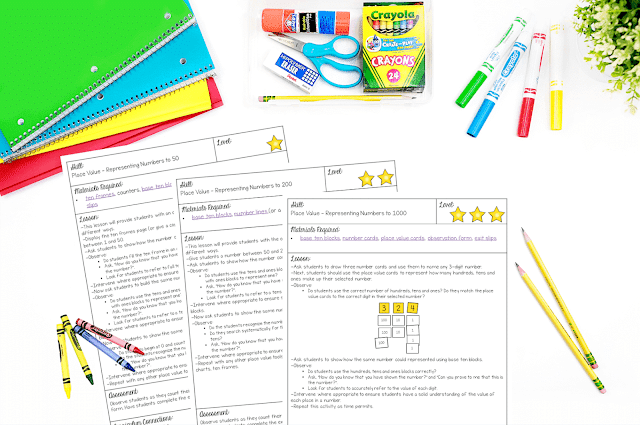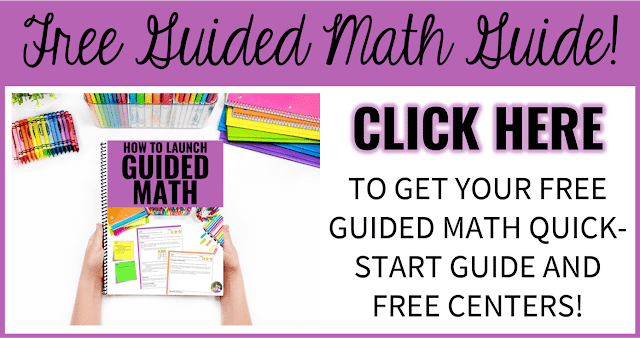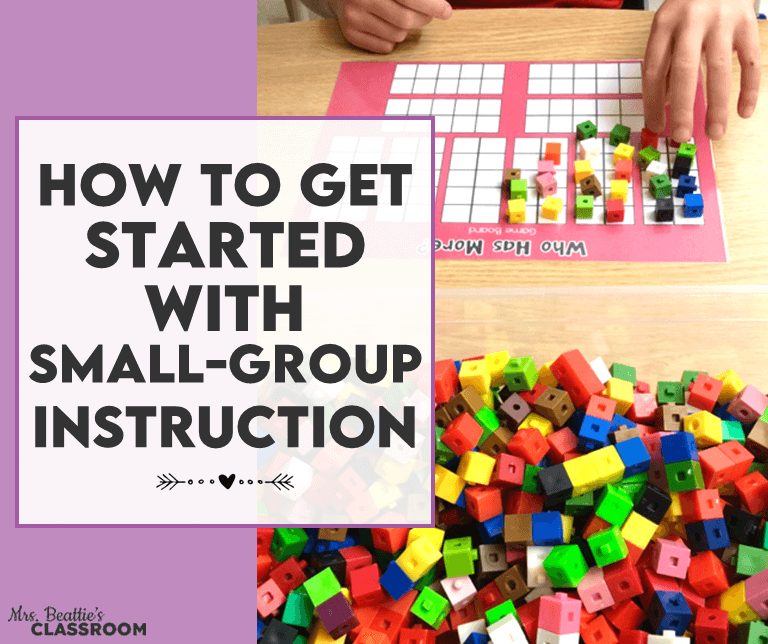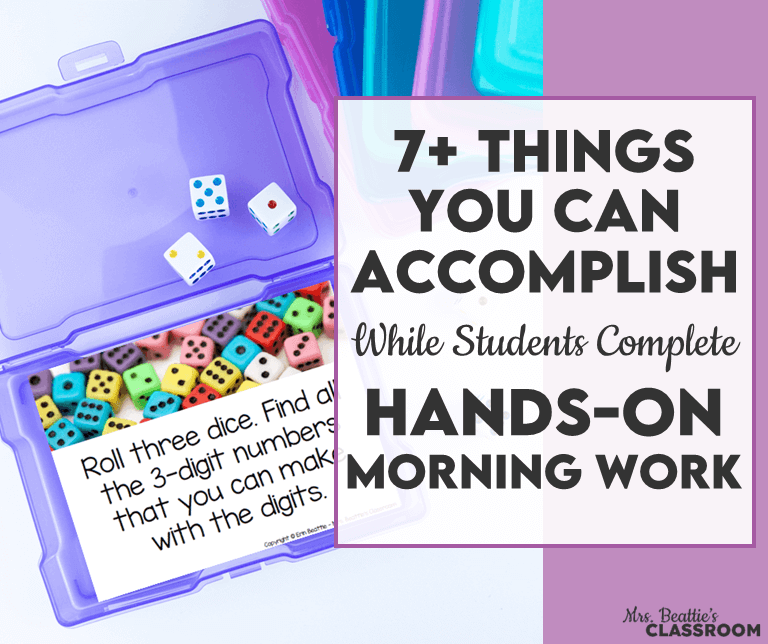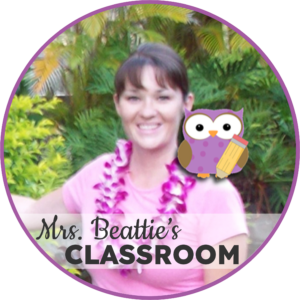Guided math is an incredible structure that allows teachers to support the needs of ALL their students, but many shy away from using it. Most don’t realize how easy it is to incorporate into their classrooms. Here are ten simple reasons why guided math is perfect for your classroom!
Why Guided Math is Perfect for Your Classroom
1. Guided math means personalized instruction. When you teach with a guided math structure, you can better personalize your lessons. With a focus on small groups, you can tailor your lessons to meet the specific needs of each group of students in your care.
2. Guided math elicits active engagement. With small-group instruction, students are more actively engaged in the learning process, as they have more opportunities to participate and contribute to the group discussion. It is nearly impossible for students to fly below your radar in groups of five or six compared to twenty or twenty-two. Since they are most likely grouped with similar students, these children feel more safe sharing their thinking in smaller group situations.
3. Guided math encourages increased collaboration. Small-group instruction fosters collaboration and teamwork as students work together to solve problems and share their ideas. Students who may not connect in social situations or choose to work together during partner activities will be more likely to collaborate during small-group activities.
4. Guided math creates opportunities for immediate feedback. In small groups, students receive immediate feedback from both the teacher and their peers, which helps them to correct mistakes and reinforce their understanding. When working directly with only five or six students at a time, you can easily monitor what your students can (and cannot!) do, quickly intervene to correct misconceptions, and evaluate progress without spending a ton of time marking.
5. Guided math facilitates enhanced communication. Small-group instruction promotes communication and discussion among students, which enhances their critical thinking and reasoning skills. Having students talk through their process as they engage in learning is an excellent way for you to catch those misconceptions in understanding!
6. Guided math means higher levels of participation. With fewer students in a group, each student has more opportunities to participate in the learning process. This increases their motivation, engagement, and, ultimately, their level of participation. Students will participate when they feel safe to take risks, and a guided math structure provides that safe environment. Having fun, hands-on activities at various levels, like in my year-long Guided Math Centers bundle, also engages even your most reluctant learners! Available in French HERE.
7. Guided math creates greater accountability. Small-group instruction holds students more accountable for their learning, as they are expected to contribute to the group and participate actively in discussions. When students work in groups of only five or six, they cannot use common work-avoidance strategies to avoid contributing and completing assignments.
8. Guided math allows for differentiated instruction. In small groups, teachers can easily differentiate instruction, providing additional support for struggling students while challenging high-achieving students more effectively. My Differentiated Guided Math Lessons resources are perfect for differentiating instruction, with multiple levels built right in! Available partially editable for French translation HERE.
9. Guided math develops increased confidence. Small-group instruction helps students to feel more confident and secure in their math abilities, as they have more opportunities to practice and receive feedback in a supportive environment. These small-group situations are the perfect place to work on social-emotional learning skills during math groups!
10. Guided math improves academic achievement. Research has shown that small-group instruction can improve math academic achievement as students receive more individualized instruction and opportunities for active engagement and participation.
Wondering How to Get Started?
With all these fantastic reasons to incorporate guided math into your classroom, how do you get started? Here are my top must-haves for your program:
- A clear structure for students to follow.
- Differentiated lessons for your small groups.
- Independent activities for the other students to engage with while you’re teaching.



These resources are also available in French!

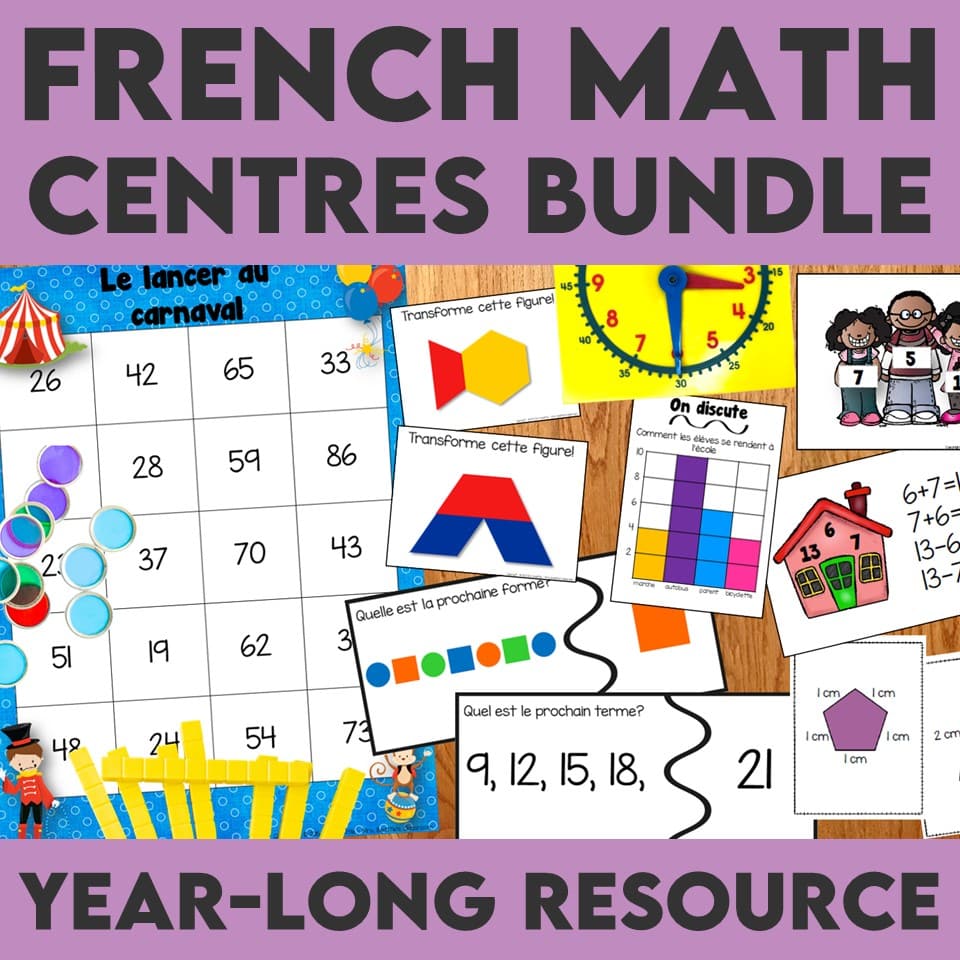
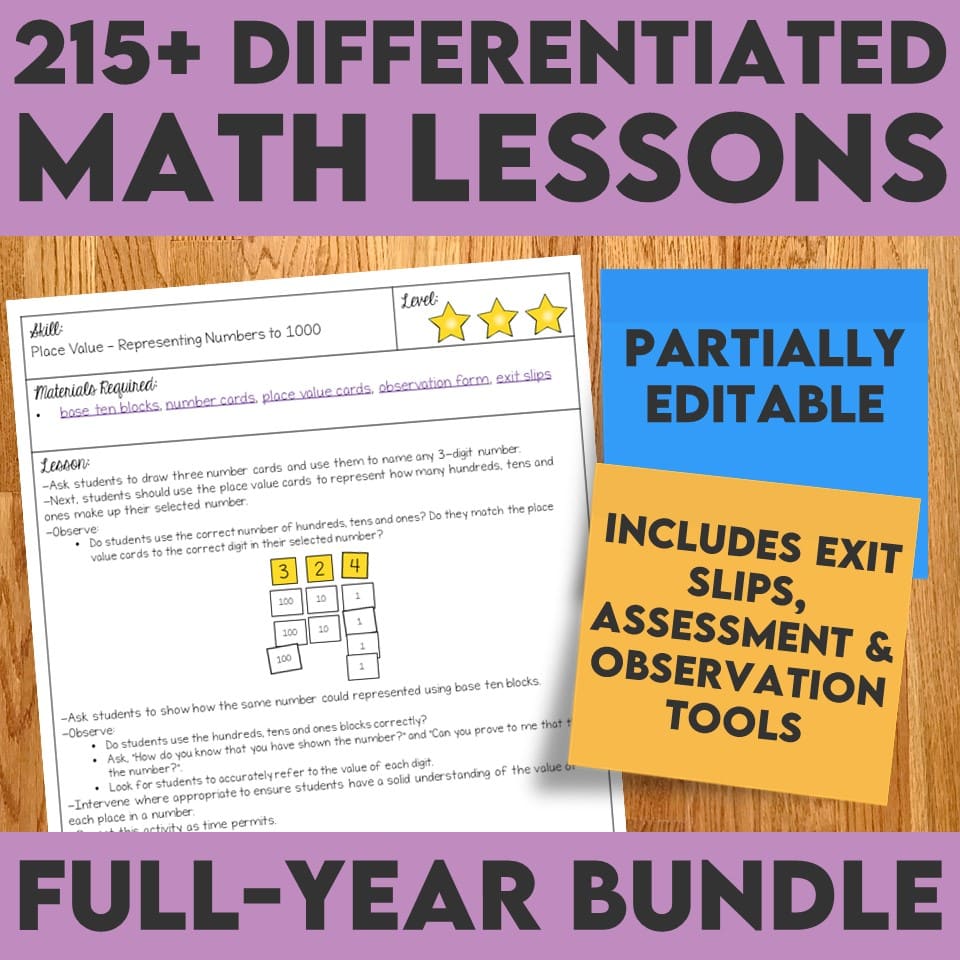
Don’t leave without following my TPT store and grabbing your FREE Guided Math Quick-Start Guide! It will show you how to organize your guided math program, help you establish math groups, and give you assessment tips! It includes hands-on guided math centers and a sample guided math lesson for your English or French math class!
You might also be interested in the ideas and resources I’ve shared in this post:
Don’t forget to pin this post on Pinterest:




